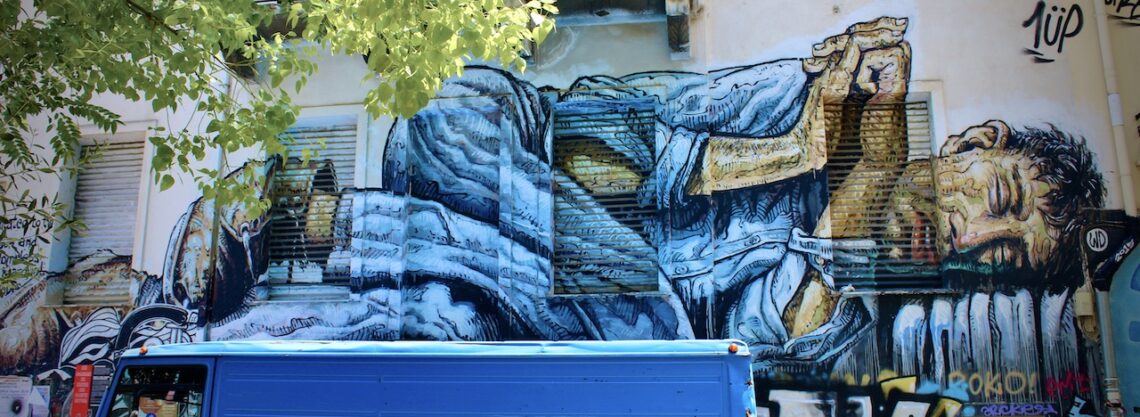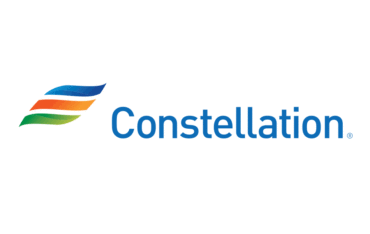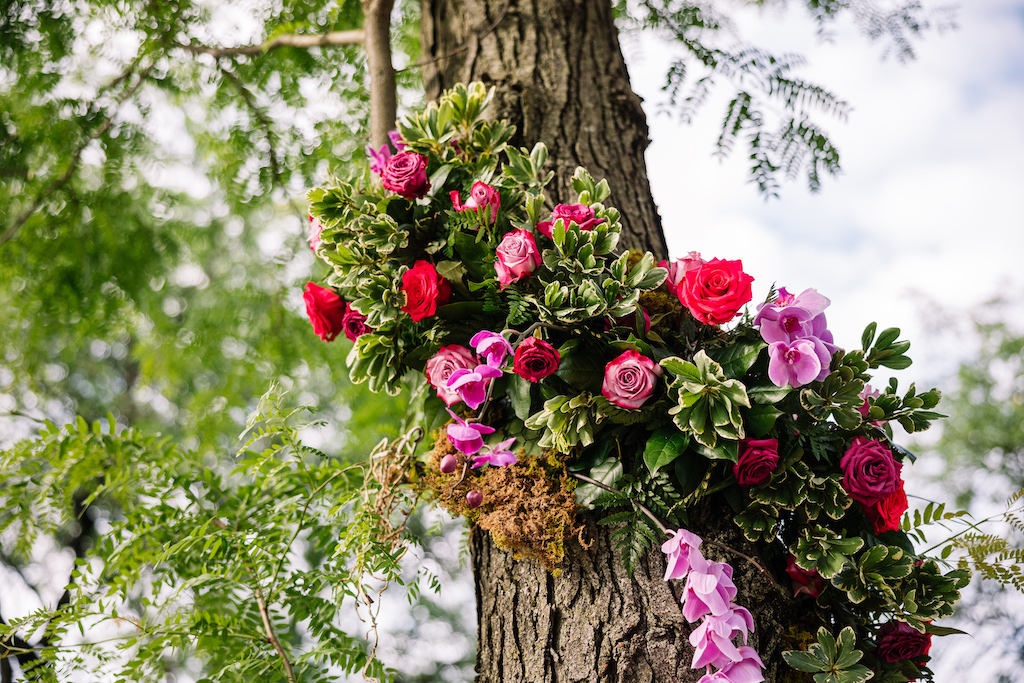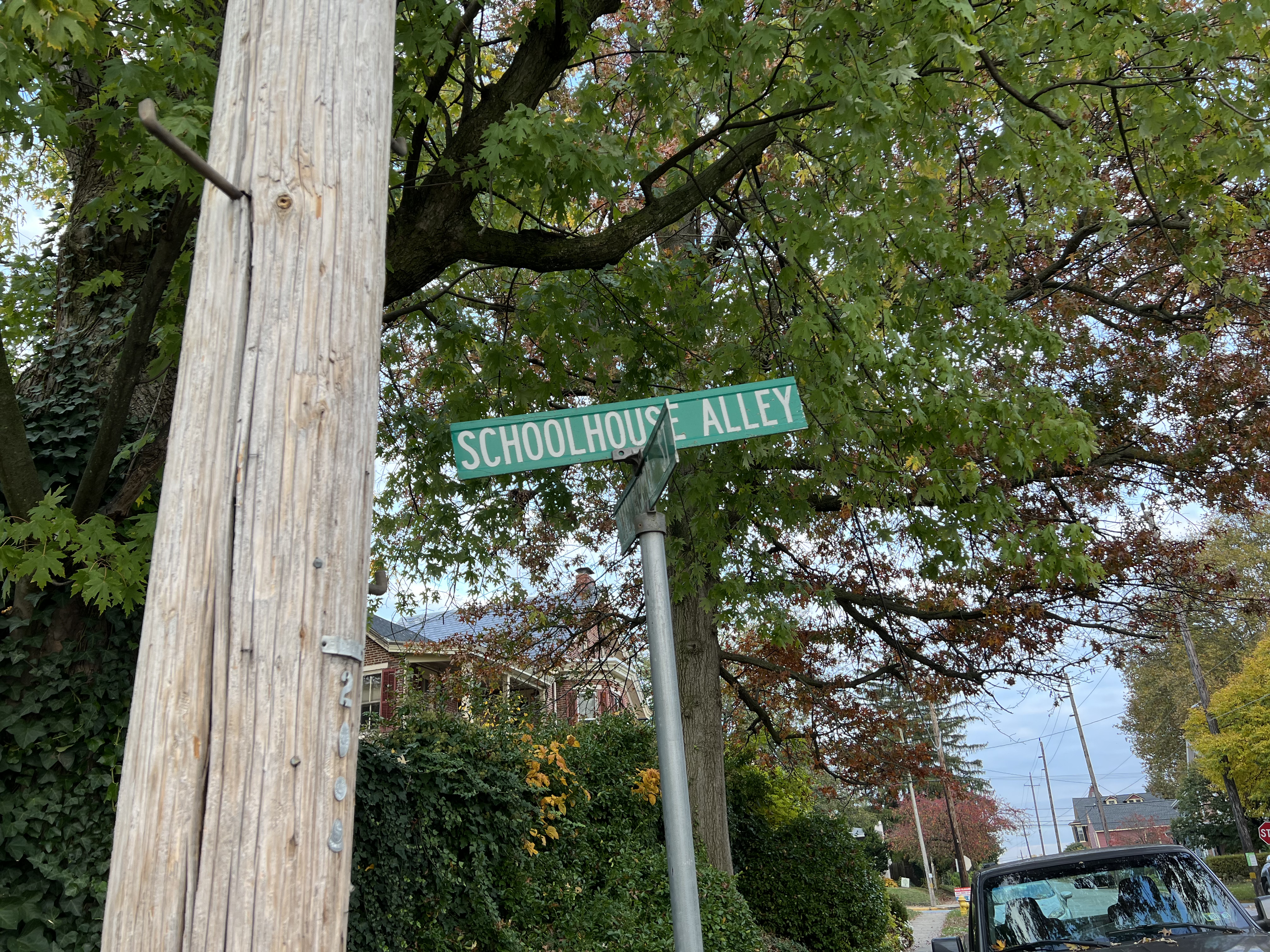Public art helps to create a sense of community and shared conversation, sparking thought and connections between people, places, history, and contemporary issues. Often these pieces are deeply personal contributions to public iconography, revealing an intensely human craving for beauty as well as a need to express and share our fears, dreams, and aspirations creatively.
This collection of photos, taken this summer in various places throughout England and Greece, invites us to see the world through a new lens. We hope these images will inspire reflection and creativity and encourage us to think differently about the scope and possibilities of artistic expression and public space.
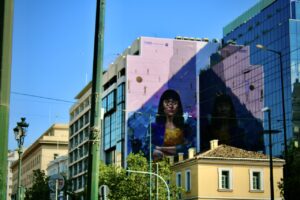
(Athens, Greece)
Where the art lies. The cunning artist creates their image on two canvases—one expected and the other, ironically, reflecting corporatization.
As part of the “Generation 17” initiative, Piraeus Bank in Athens contracted the internationally renowned street artist Atek to create this mural of a woman balancing multiple roles to promote gender equality, one of the United Nations’ 17 Sustainable Development Goals. The shadowed mirrored image, and its context in the midst of modern and traditional architecture on a central avenue opposite iconic neoclassical buildings including the National Library, expands its impact and encourages ongoing dialogue about these roles.
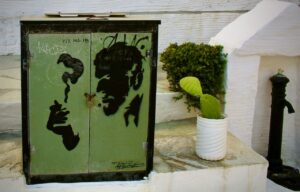
(Island of Andros, Greece)
Controversy—the map-like quality of an individual as the world, and the desperate numbing we still experience globally that stands next to the hope onto which we hold.
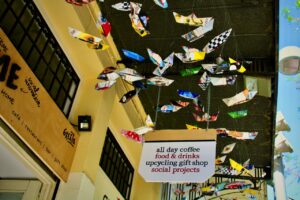
(Athens, Greece)
Art that reflects the establishment’s vision. Upcycling not only the physical objects we use, but also our minds, hearts, and creativity.
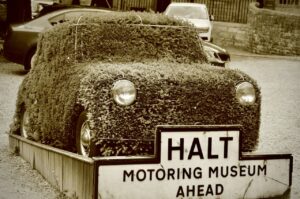
(Bourton-on-Water, England)
The history of fuel-burning cars. The future of green energy. Life encompasses and gives meaning to all that does not live.
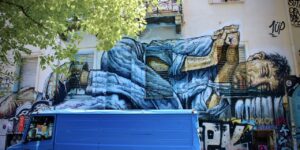
(Athens, Greece)
‘Dedicated to the poor and homeless, here and around the globe.’ More people will look at this mural than will look at the actual individuals it represents. The image invades the ‘publicly owned’ walls of Exarcheia (a neighborhood in Athens), allowing for pause, reflection, and an un-numbing of our senses towards the heartbreak of poverty and homelessness.
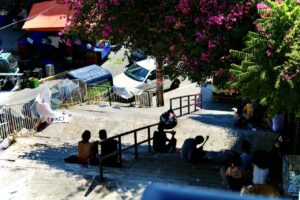
(Athens, Greece)
Why busk for money if you are willing to share your music outside the realm of profit-making? A jam session isn’t just for your private garage. One single guitarist turns into two, then three, and soon they welcome instruments of greater intrigue and absurdity, as well as discussions of new thought and radical world transformation—all on these public steps that host organic art in the Exarcheia neighborhood of Athens.
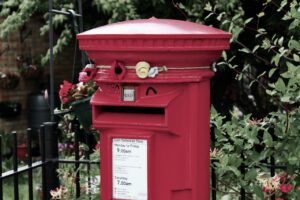
(Leeds, England)
For a tourist, the iconic red postbox holds intrigue in and of itself. To a British citizen—perhaps not. Who knows what the knitted flowers represent objectively, however, the emotion they have the potential to give is vast—let’s say, to a Royal Mail employee, to an individual sending a heartfelt letter or to me, who sent a tax enquiry. Whether it be a smile, a tear, or a curious second take—this art gives.
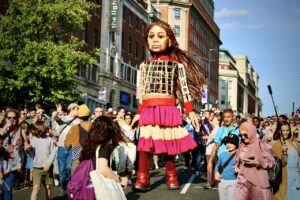
(Leeds, England)
Cities throughout Europe welcomed Little Amal, a crafted symbol of a young Syrian refugee, to their home. She is beautiful, though less beautiful than what she represents—her form, movement, and expression all hold significant grace, strength, and power. So much so, that thousands of residents in each community have given her over an hour out of their days to follow and listen.
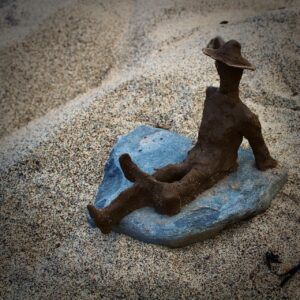
(Runswick Bay, England)
A model of a man in solitude at the seaside, left for the unknown audience to encounter. Perhaps he still remains on the sand, or maybe he’s in the sea or a landfill. Regardless, his form had a lifespan, and an existence, unique to him alone.
Photos and reflections by actor and artist Duncan MacLeod.
